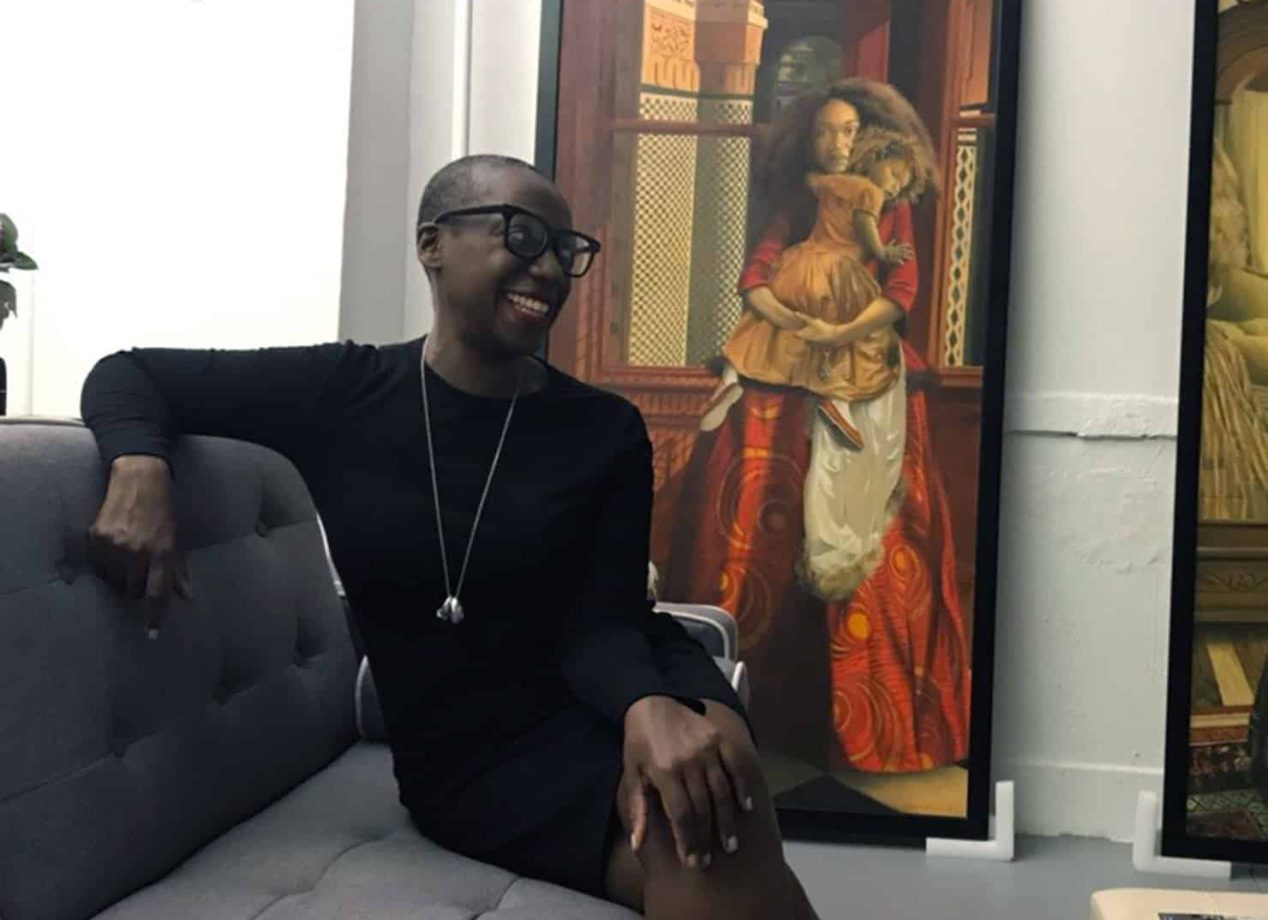Monique Long, independent curator of contemporary art, arts writer, and online course faculty at Sotheby’s Institute of Art shares her perspective on the “Harlem dandy”.
Daniel Day, famously known as Dapper Dan, is a prominent Harlem fashion designer often referred to as the “king of knock-offs.” In the late 80s and 90s, he gained renown for crafting a distinctive style by transforming conventional luxury brand items to dress numerous emerging hip-hop icons, sports stars, and high-stakes gamblers, including LL Cool J, James Jackson, and Floyd Mayweather. His resurgence occurred in 2018 when a controversy regarding cultural appropriation prompted Gucci to support the revival of his enterprise and integrate him into its diversity council.
The following is an excerpt from Monique Long's personal essay Becoming Dapper Dan, for the Metropolitan Museum of Art.
The account of how Daniel Day became Dapper Dan is both extraordinary and a familiar American origin story of self-determination. In his recently published memoir, Dapper Dan: Made in Harlem (2019), Day may raise some eyebrows by describing his background candidly as a criminal and a hustler. However, it is a story not unlike many others. Dig a little and you will find America’s version of aristocracy is built on a foundation of enslavers, bootleggers, and gangsters. Over time, Dapper Dan parlayed his business acumen and shrewd survival skills into legitimate work. With his haberdashery, he found a niche uptown with an underserved clientele who wanted access to luxury goods. His Harlem storefront, Dapper Dan’s Boutique, opened in 1982.
In interviews and in his book, Dapper Dan discusses his views on the business side of fashion with startling pragmatism. He seems to possess an unassuming, even avuncular disposition. His expressiveness, of course, is ultimately found in his dress. He cuts a tall figure in his trademark bespoke suits, always tailored within an inch of their lives, and styled with an over-the-top accessory or three: matching frames, an ascot, cufflinks, a boutonnière, and impeccable shoes. In his personal presentation, Dapper Dan emanates what professor Monica Miller calls the “semiotic power of the dandy.” He is the flaneur with a swagger beyond reproach, a Harlem dandy.
Dapper Dan was born in Harlem in 1944, just after the peak of the Harlem Renaissance but before crack and the AIDS crises ravaged historically Black neighborhoods across the country. He was, therefore, intimately aware of Harlem’s glorious past. Today, his atelier stands as the lone emblem of the neighborhood’s history of sartorial splendor—a rich legacy that hearkens back to the work of preeminent photographer James Van Der Zee (1886–1983), who documented the Black bourgeoisie and celebrities of Harlem from the late nineteenth through the twentieth centuries in opulent environments carefully constructed in his studio. The wedding and society portraits of these beautifully self-styled men and women in tea gowns and tuxedos reflect our collective memory of the era.
Monique Long. "Becoming Dapper Dan." Metropolitan Museum of Art. Accessed October 18, 2023. www.metmuseum.org/perspectives/articles/2022/4/dapper-dan-monique-long.
About Monique Long
Monique Long lives and works in New York City as an independent curator of contemporary art and arts writer. She has organized exhibitions at the Museum of Arts and Design, the United Nations Headquarters and The Studio Museum in Harlem and is the recipient of multiple writing and curatorial awards. A frequent contributor to print and online arts publications, her articles often focus on the work of makers and cultural producers of color. Her recent traveling exhibition, Elegies: Still Lifes in Contemporary Art, (San Francisco, California and Savannah, Georgia) was on view at Telfair Museums, Jepson Center. Long holds an MA in American Studies from Columbia University, with a specialization in post-war contemporary art and African American studies.
Monique Long teaches the Flexible online course, Art Now: Contemporary Art Since 1990. The course focuses on identifying the key artists, as well as the central themes – from technology to globalism – addressed in contemporary art, featuring exclusive video interviews with artists Shirin Neshat, the Guerrilla Girls, and Martine Gutierrez (among others). With an emphasis on evaluating how market forces such as galleries, art fairs, auction houses, and museums determine which artists are considered important, course participants are encouraged to explore how this dynamic is being altered by the rise of online art markets.
